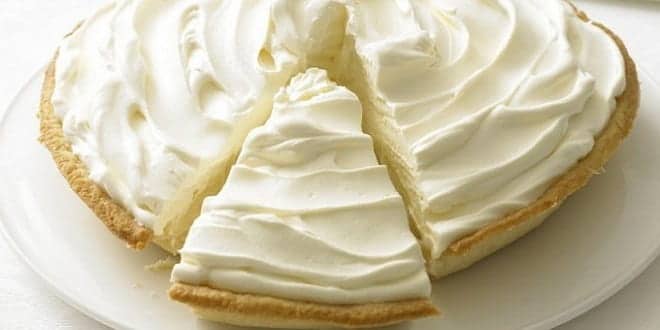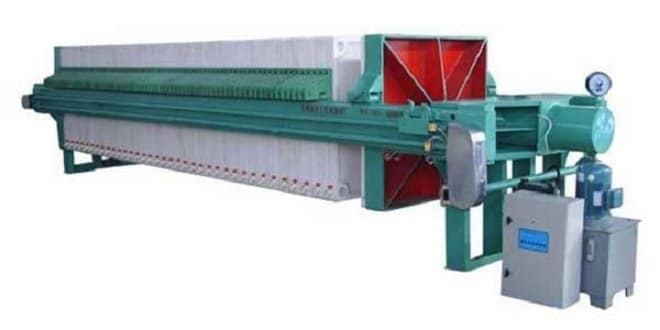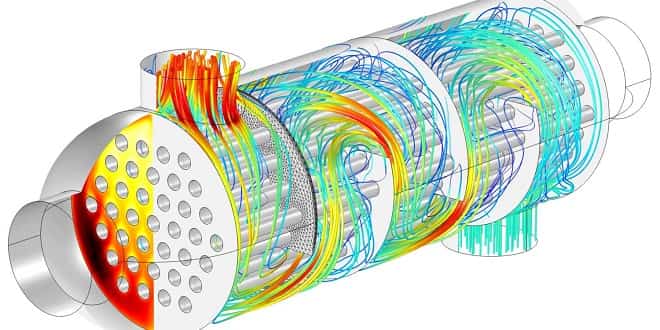Gıda Uygulamaları Laboratuarı
-

Cream Seperation and Homogenization ( Aysun ER )
CONTENT 1. Title page 2. Abstract 3. Content 4. Introduction 5. Butter production 6. Material and method 7. Procedure 8. Result and Calculation 9. Discussion ABSTRACT Milk and cream are examples of fat-in-water (or oil-in-water) emulsions. The milk fat exists as small globules or droplets dispersed in the milk. Milk fat consists of triglycerides (the dominating components), di- and monoglycerides, fatty acids, sterols, carotenoids (the yellow colour of the fat), vitamins (A, D, E, and K), and all the others, trace elements, are minor components. The rate of rise follows…
-

Cream Seperation and Homogenization ( Volkan ÖZÇELİK )
The main purpose of the experiment was to separate the cream of raw milk by using Disk-Bowl centrifuge. The main principle of separation depends on density differences between fat and liquid phases. Fat is found as emulsion in the milk. The diameter of the fat globules is significant. By increasing diameter of globules, separation of fat becomes easier. As well we introduced the homogenization that primarily causes disruptions of fat globules into much smaller ones. Consequently it diminishes creaming and may also diminish the tendency of globules to clump or…
-

Design of a Tubular Heat Exchanger ( R. Paul Singh )
In section 4.1, we examined a variety of heat exchange equipment used in the food process industry. There are a number of different geometrical configurations used in designing heat exchange equipment, such as tubular, plate, and scraped surface heat exchangers. The primary objective in using a heat exchanger is to transfer thermal energy from one fluid to another. Recall from previous discussionenergy in a fluid, if its temperature changes from T1 to T2, may be expressed as; …
-

Filtering
ABSTRACT Filtration is a physically or mechanically separation process in which suspended solid particles in a fluid are removed by using a porous medium that retain the particles as a cake and passes the clear filtrate. The model considered filtration that occurs after the filling process, not filtration that occurs as the suspension fills the cell. Operational equations and theoretical calculation K, s, C, m were developed for a plate-and-frame press. PURPOSE In this experiment, our aim was to gain an experience about how filtration process goes on and then…
-

Filtration
Filtration is a mechanical or physical operation which is used for the separation of solids from fluids (liquids or gases) by interposing a medium to fluid flow through which the fluid can pass, but the solids (or at least part of the solids) in the fluid are retained. It has to be emphasized that the separation is NOT complete, and it will depend on the pore size and the thickness of the medium as well as the mechanisms that occur during filtration. Filtration is used for the purification of fluids: for instance separating dust…
-

Filtration v1
In that experiment, we studied on plate and frame filter press by using mint solution. Filtration is an important unit process which is used in fruit juice, oil, etc. industries. The principles behind filtration are basically very simple. All that is involved is the separation of a solid from the liquid in which it is suspended by passing the liquid through a porous medium with pore sizes too small to allow passage of the solid particles. In the plate and frame filter press method, the solid particles are separated from liquid part by using high…
-

Filtration v2
The filtration process of mint in water was done by using plate–frame filter that consist of 4 frames at0,4 bar and 0,9 bar pressure. Slurry entered at one end of the assembly of plates and frames. It passed through a channel running lengthwise through one corner of the assembly. Auxiliary channels carried slurry from the main inlet channel into each frame. Here the black pepper particles were deposited on the cloth covered faces of the plates. Liquor passed through the cloth, down grooves or corrugations in the plate faces, and out of the press. Filtration is…
-

Fouling in Plate Heat Exchangers: Some Practical Experience ( Ali Bani Kananeh and Julian Peschel )
Fouling in Plate Heat Exchangers: Some Practical Experience Ali Bani Kananeh and Julian Peschel GEA PHE Systems Germany 1. Introduction Due to their compact size, Plate Heat Exchangers (PHEs) are widely used in industrial processes. They have higher heat-transfer performance, lower temperature gradient, higher turbulence, and easier maintenance in comparison with shell and tube heat exchangers. For minimizing material consumption and space requirements compact models have been developed over the last years. By using thin plates forming a small gap, these compact models impress with larger heat transfer coefficients and,…







